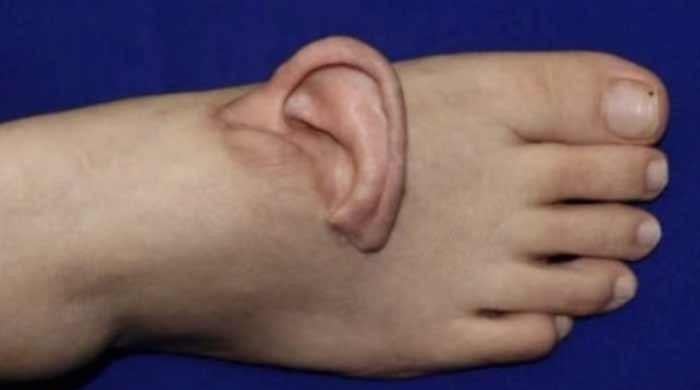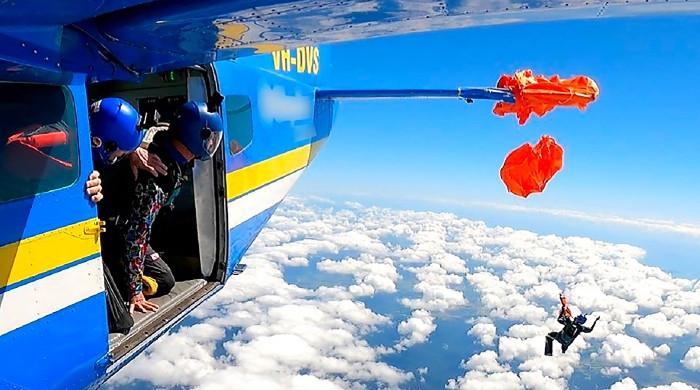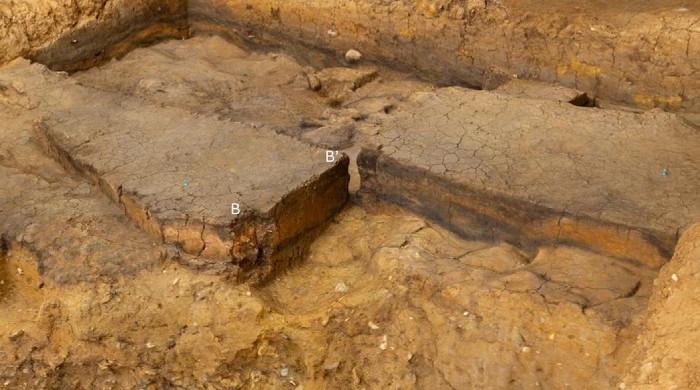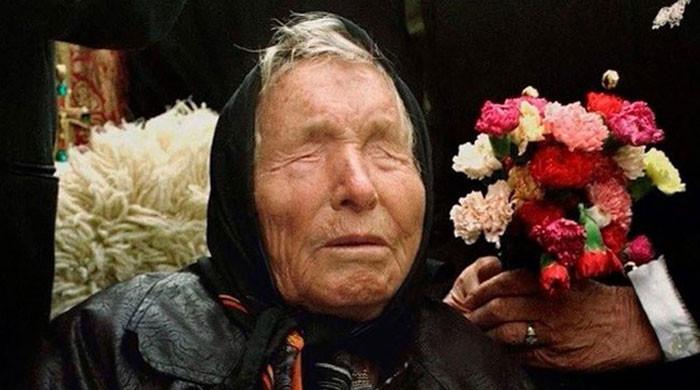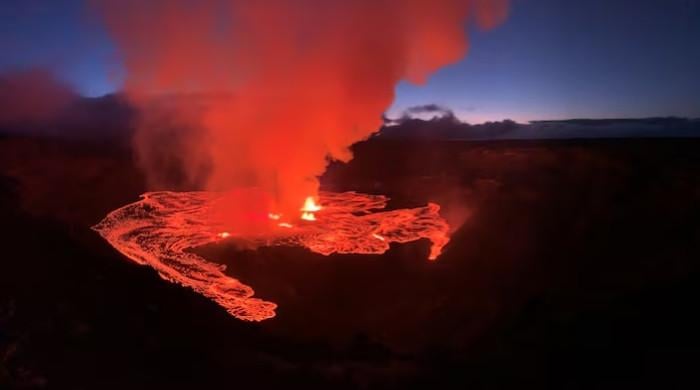Buddha of Swat, dynamited by Taliban in 2007, stands restored
Italian government has been helping to preserve hundreds of archaeological sites in Swat
July 12, 2018
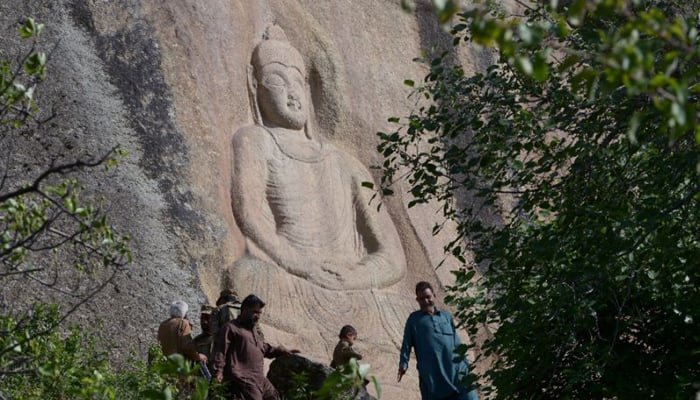
MINGORA: The Buddha of Swat, carved on a cliff in the seventh century, was dynamited by the Tehreek-e-Taliban Pakistan in 2007. Now it has been restored, a powerful symbol of tolerance in the traumatised valley.
The figure, depicted in a lotus position at the base of a granite cliff in Swat, was severely damaged by the TTP in an echo of the Afghan Taliban's complete destruction of its more imposing counterparts at Bamiyan in 2001.
For some, it was a wanton act of vandalism that struck at the heart of the area's unique history and identity.
It felt "like they killed my father", says Parvesh Shaheen, a 79-year-old expert on Buddhism in Swat. "They attack... my culture, my history."
The Buddha sits in Jahanabad, the epicentre of Swat's Buddhist heritage, a beautiful valley in the foothills of the Himalayas.
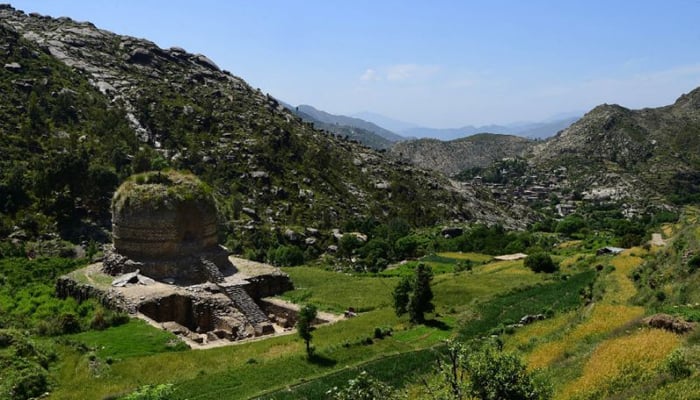
There the Italian government has been helping to preserve hundreds of archaeological sites, working with local authorities who hope to turn it into a place of pilgrimage once more and pull in sorely needed tourist dollars.
A decade ago, the militants climbed the six-metre (20-foot) effigy to lay the explosives, but only part of them were triggered, demolishing the top of the Buddha's face. Another, smaller fresco nearby was torn to pieces.
For Shaheen, the statue is "a symbol of peace, symbol of love, symbol of brotherhood".
"We don't hate anybody, any religion — what is this nonsense to hate somebody?" he says.
But other Swatis, less familiar with history and in 2007 not yet traumatised by the full brutality of the Taliban, applauded the attack and took up the argument that sculpture was 'anti-Islamic'.
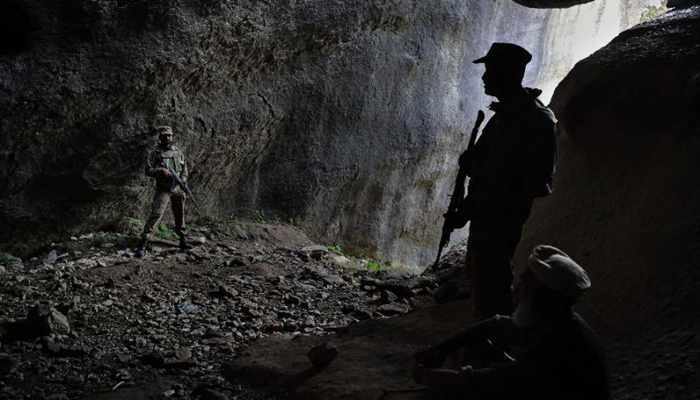
Religious tourism
Rehabilitation of the site has not been easy, says Luca Maria Olivieri, an Italian archaeologist who oversaw the restoration of the Buddha.
Carried out in phases, it began in 2012 with the application of a coating to protect the damaged part of the sculpture.
The reconstruction of the face itself was first prepared virtually in the laboratory, in 3D, using laser surveys and old photos.
The last phase, the actual restoration, ended in 2016. Olivieri says the reconstruction is not identical, but that is deliberate, as "the idea of damage should remain visible".
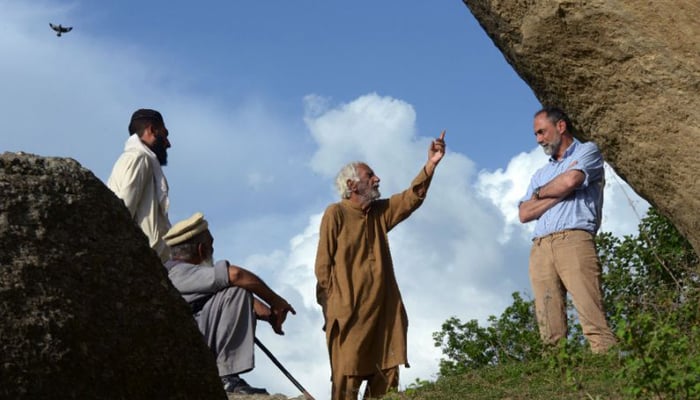
The Italian archaeological mission in Swat, which he directs, has been there since 1955 — though it was briefly forced from the valley during Taliban rule.
It manages other excavation sites and supervised the restoration of the archaeological museum in Mingora, the main city of Swat, damaged in an attack in 2008.
The Italian government has invested 2.5 million euros ($2.9 million) in five years for the preservation of Swat's cultural heritage, striving to involve the local population as much as possible.
Now authorities are counting on the Buddha's recovered smile and iconic status to boost religious tourism from places such as China and Thailand.
Years after the Taliban were ousted, the valley is largely rejuvenated, though at times security is still tense, with an attack martyring 11 soldiers in February this year.
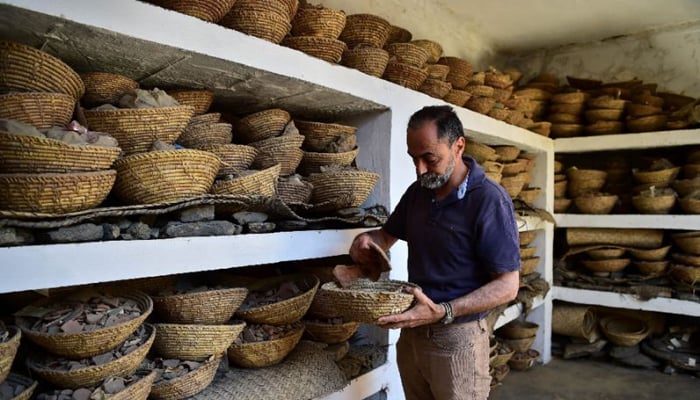
Some people in Swat also see the Buddha as a tool for promoting religious tolerance.
Fazal Khaliq, a journalist and author living in Mingora, thinks the threat to cultural heritage has been "minimised" through education and the use of social networks to spread a "soft, good" image.
However, "the majority of people who are not young, educated — they still do not understand" its importance, he admits.




